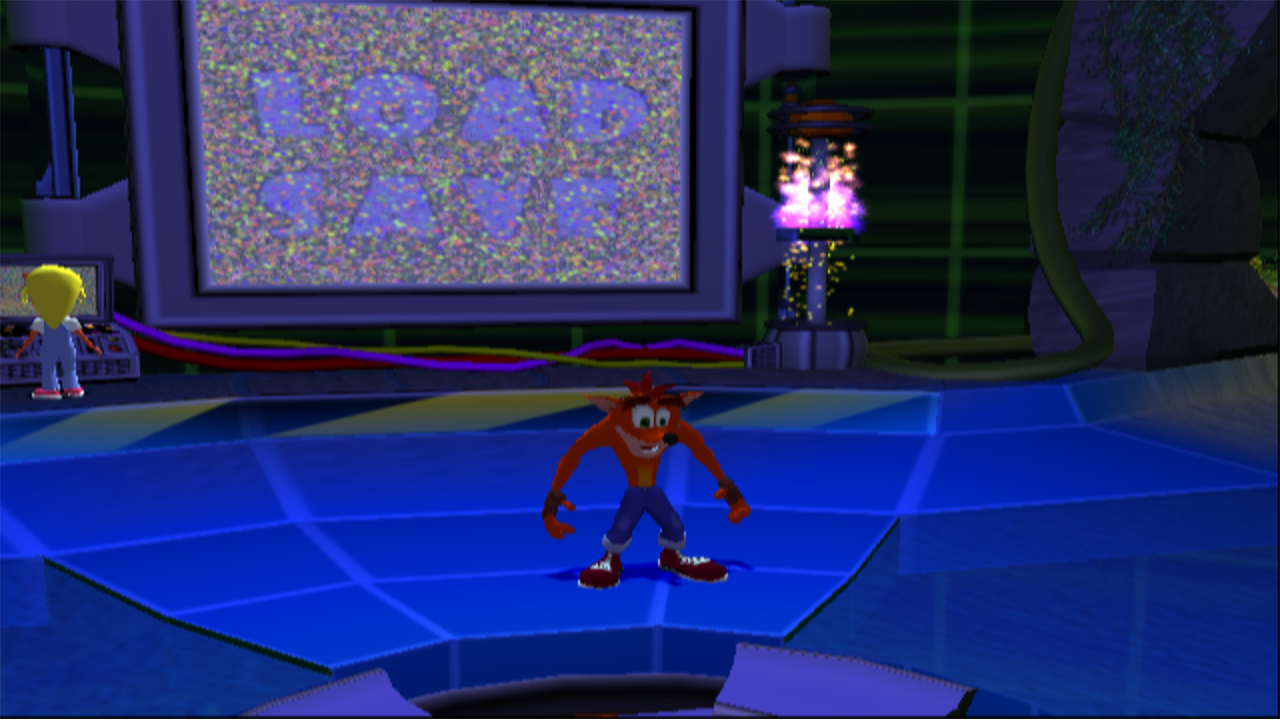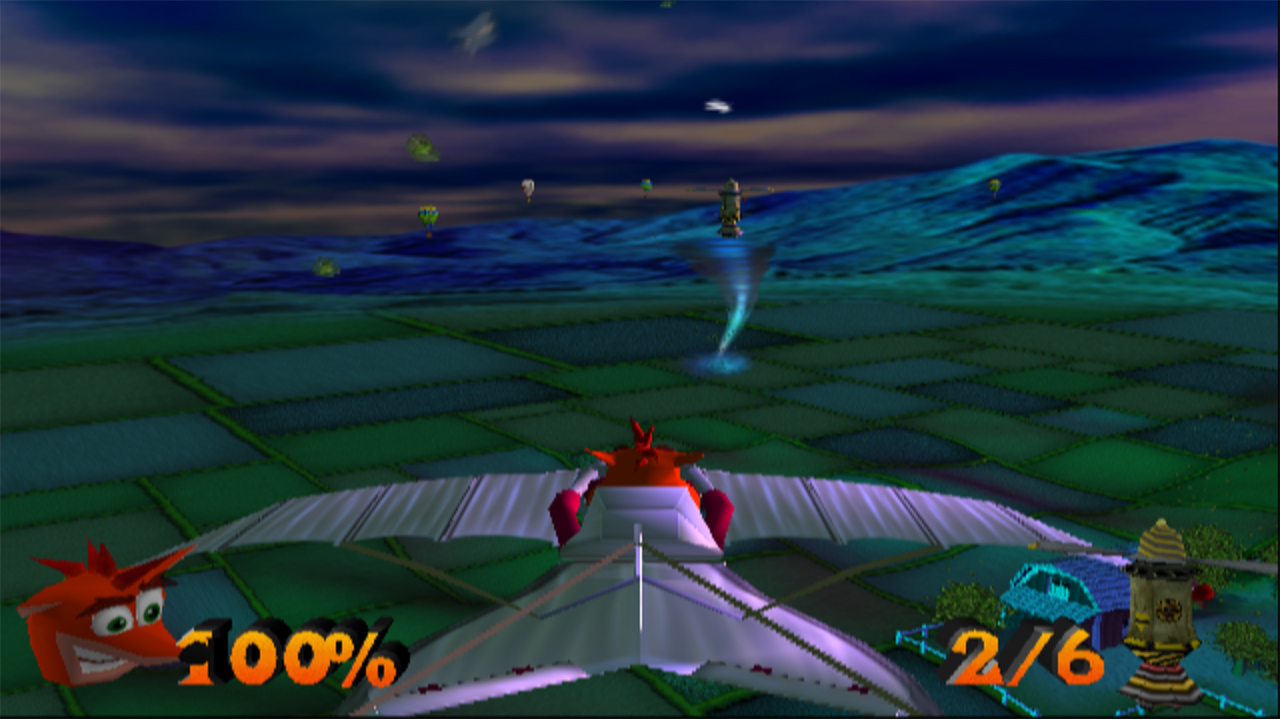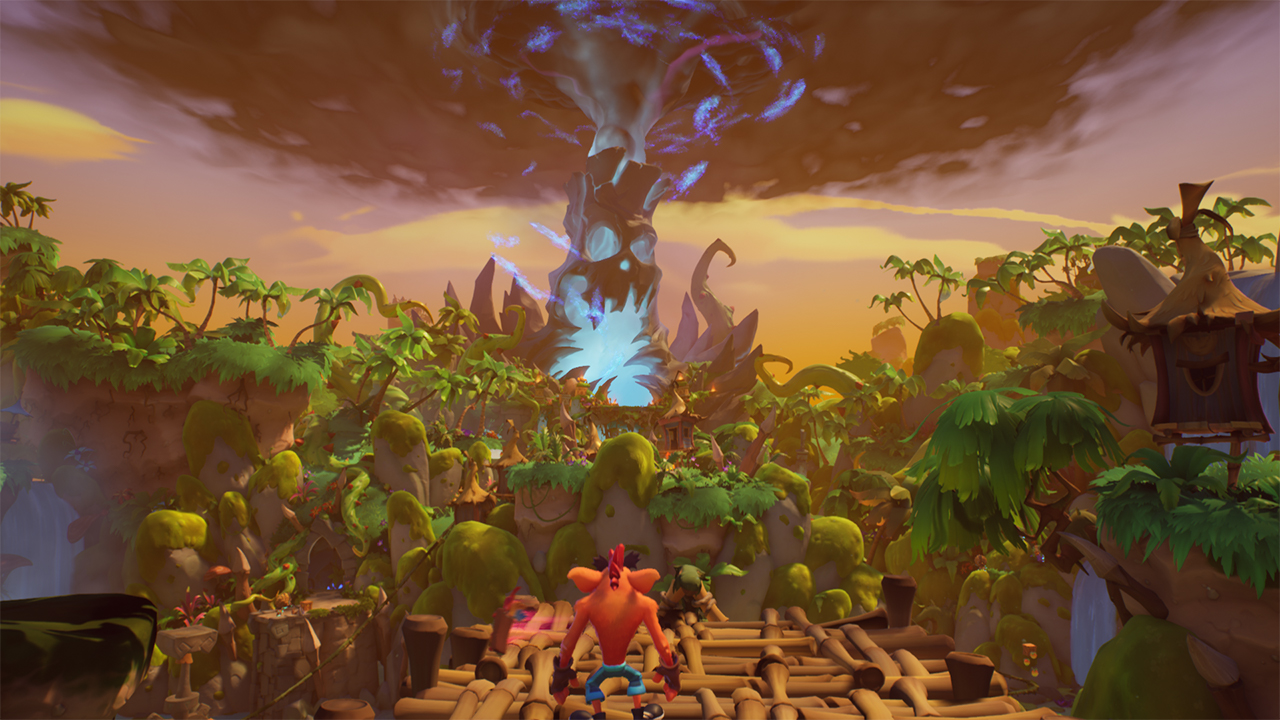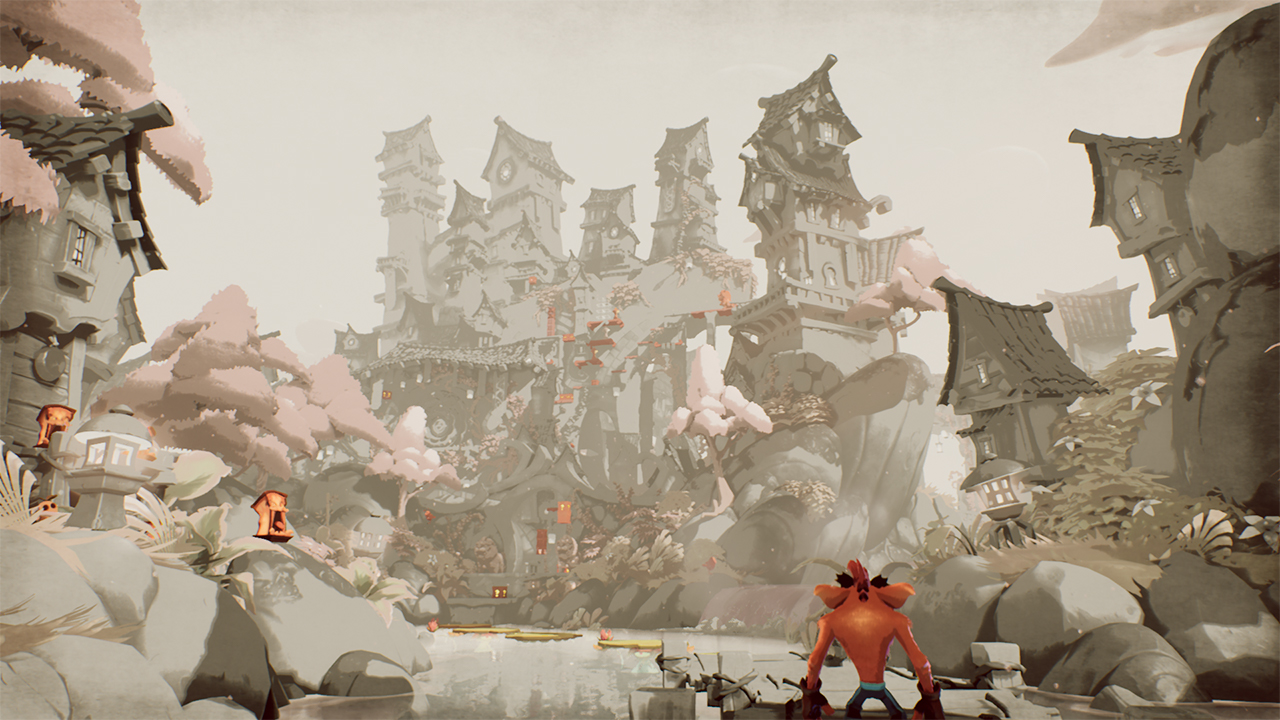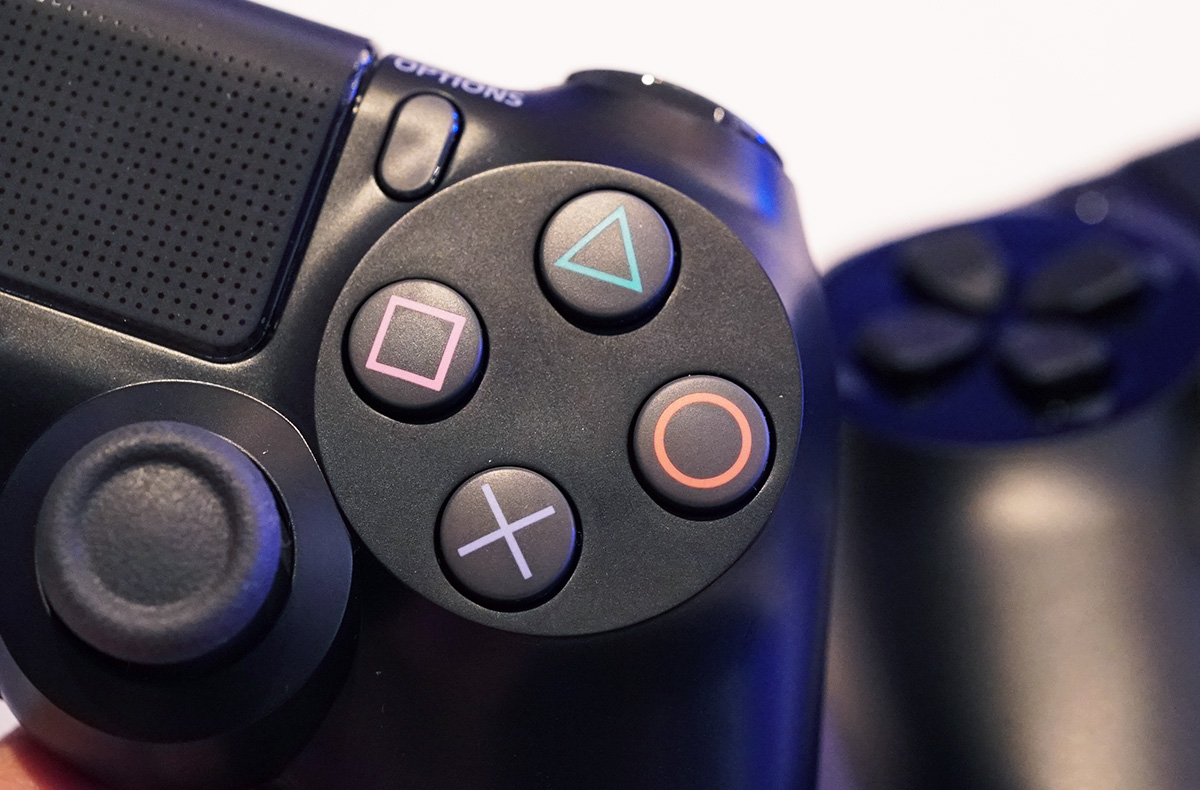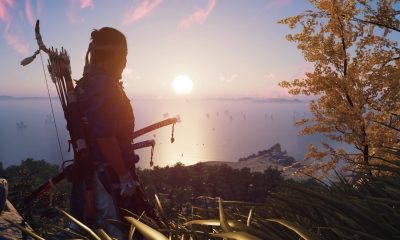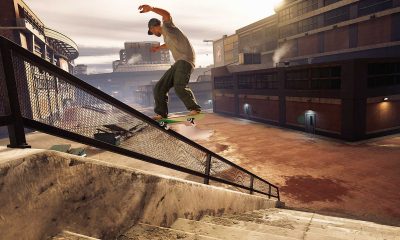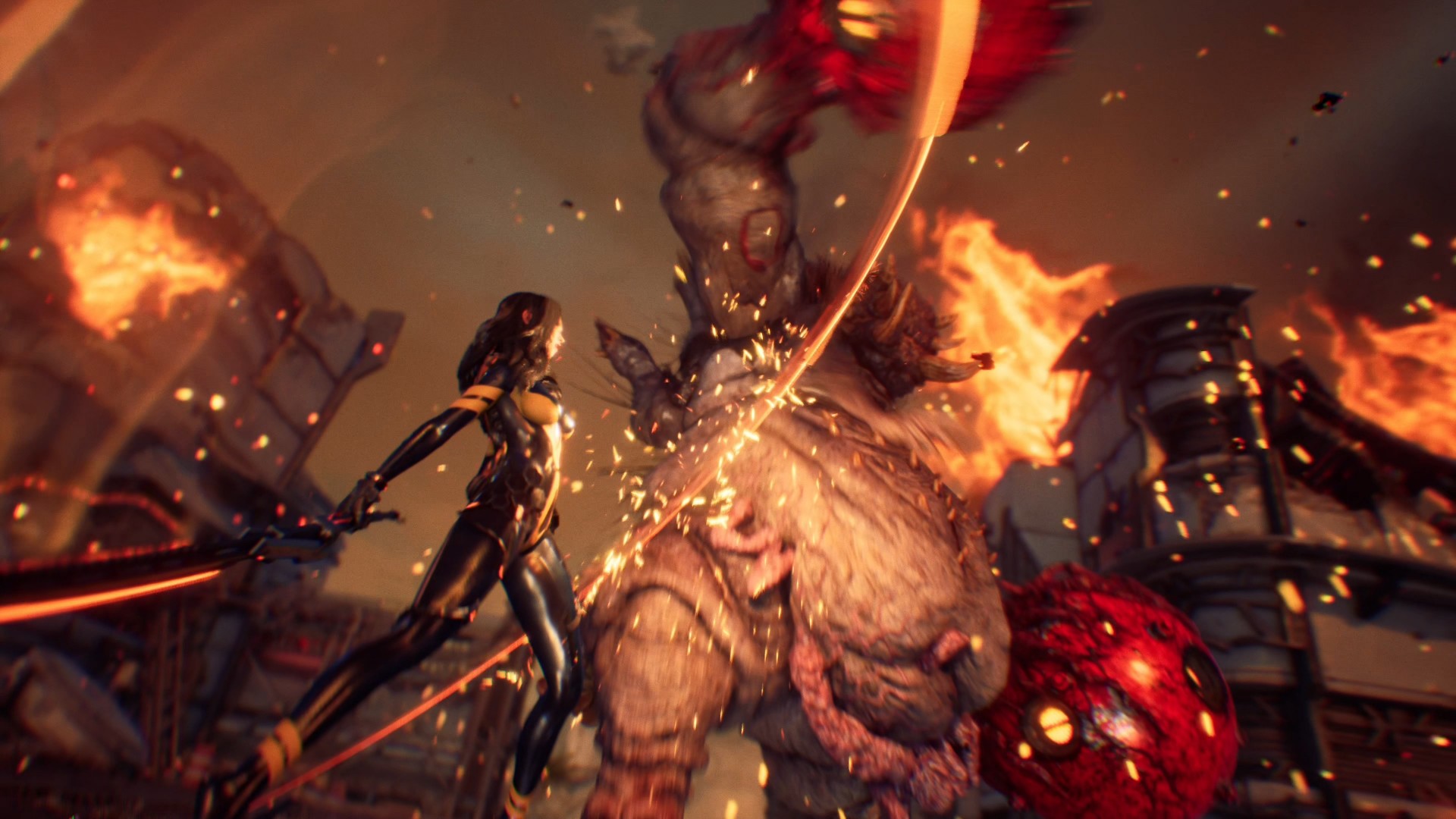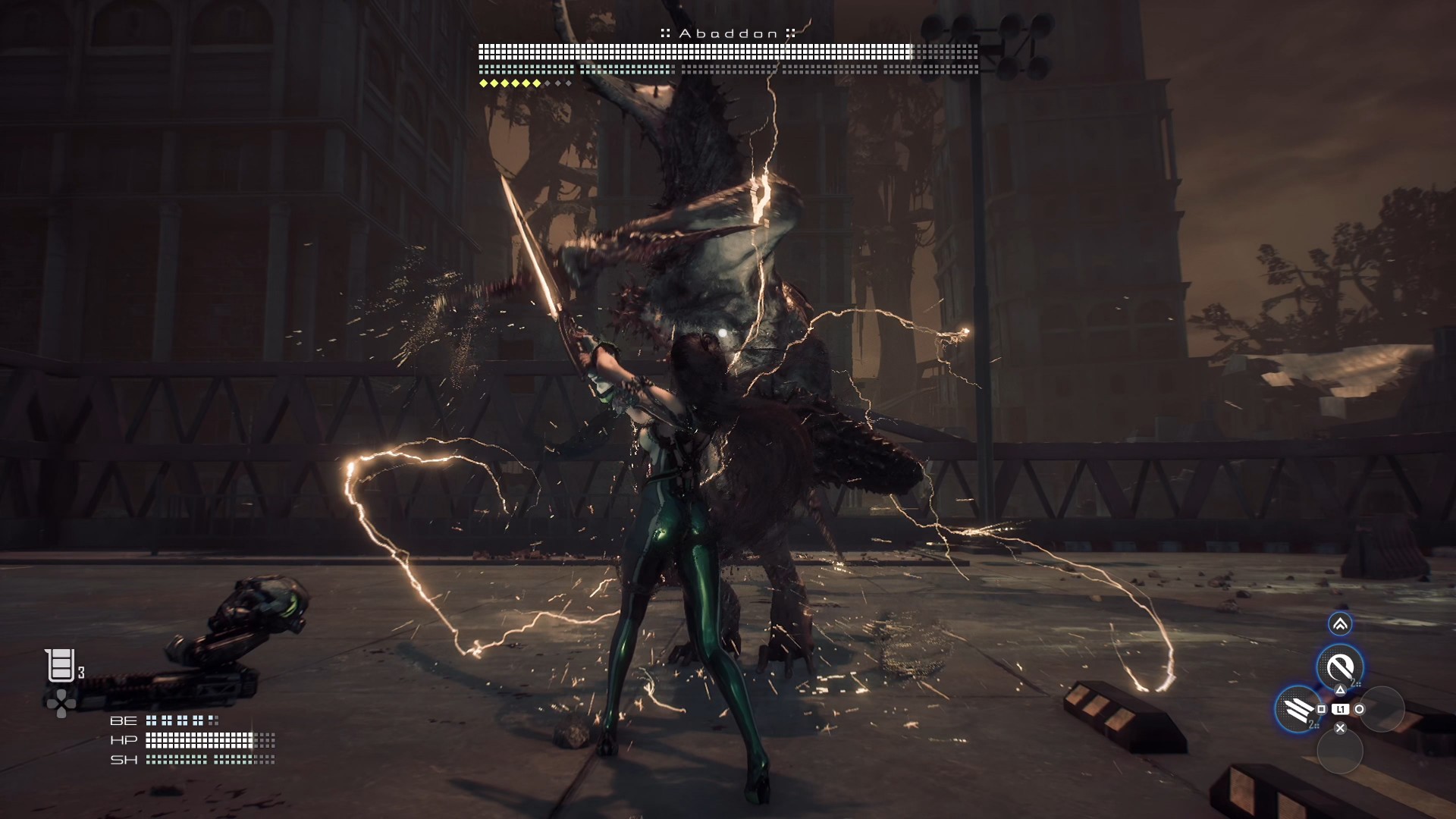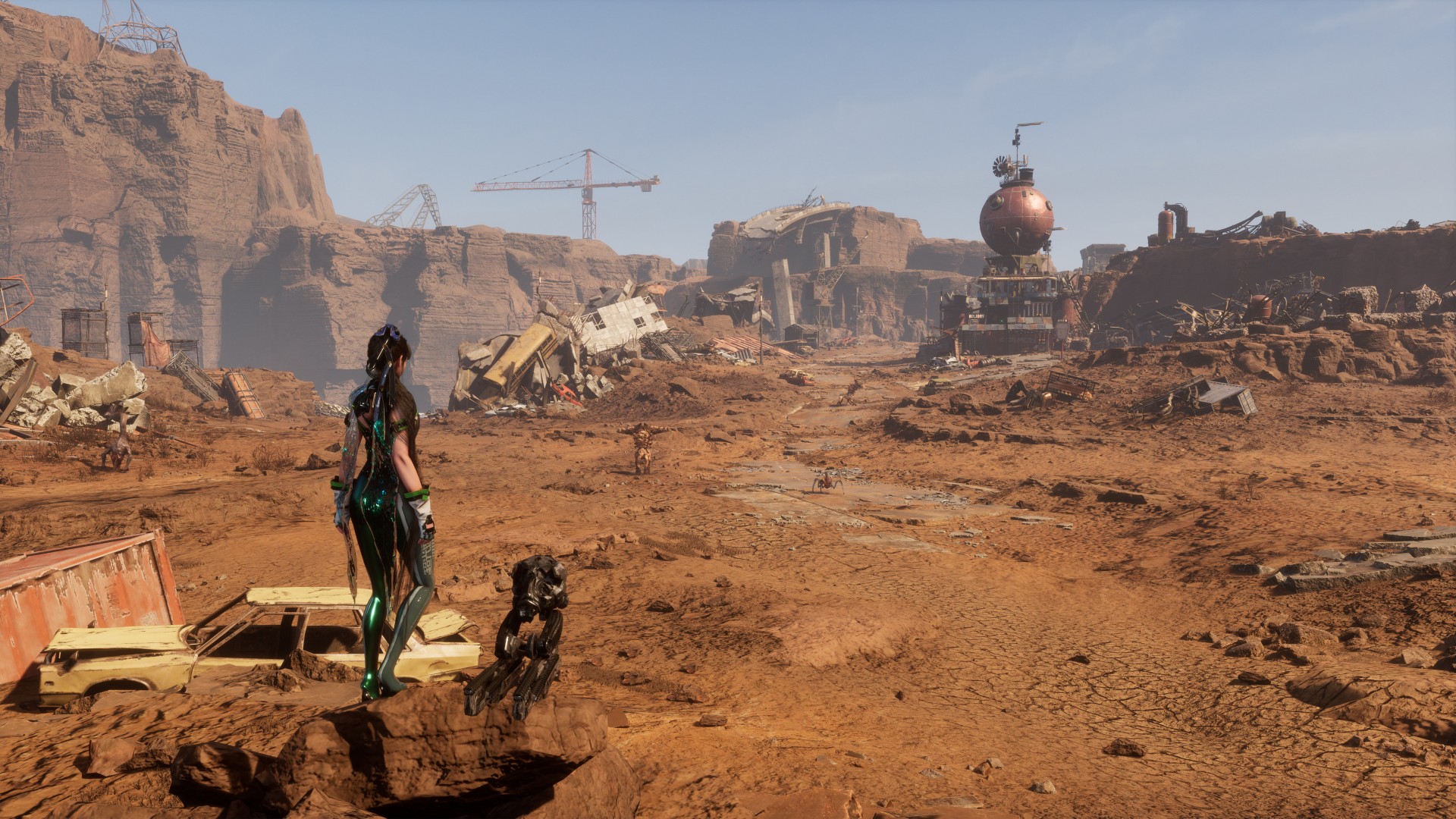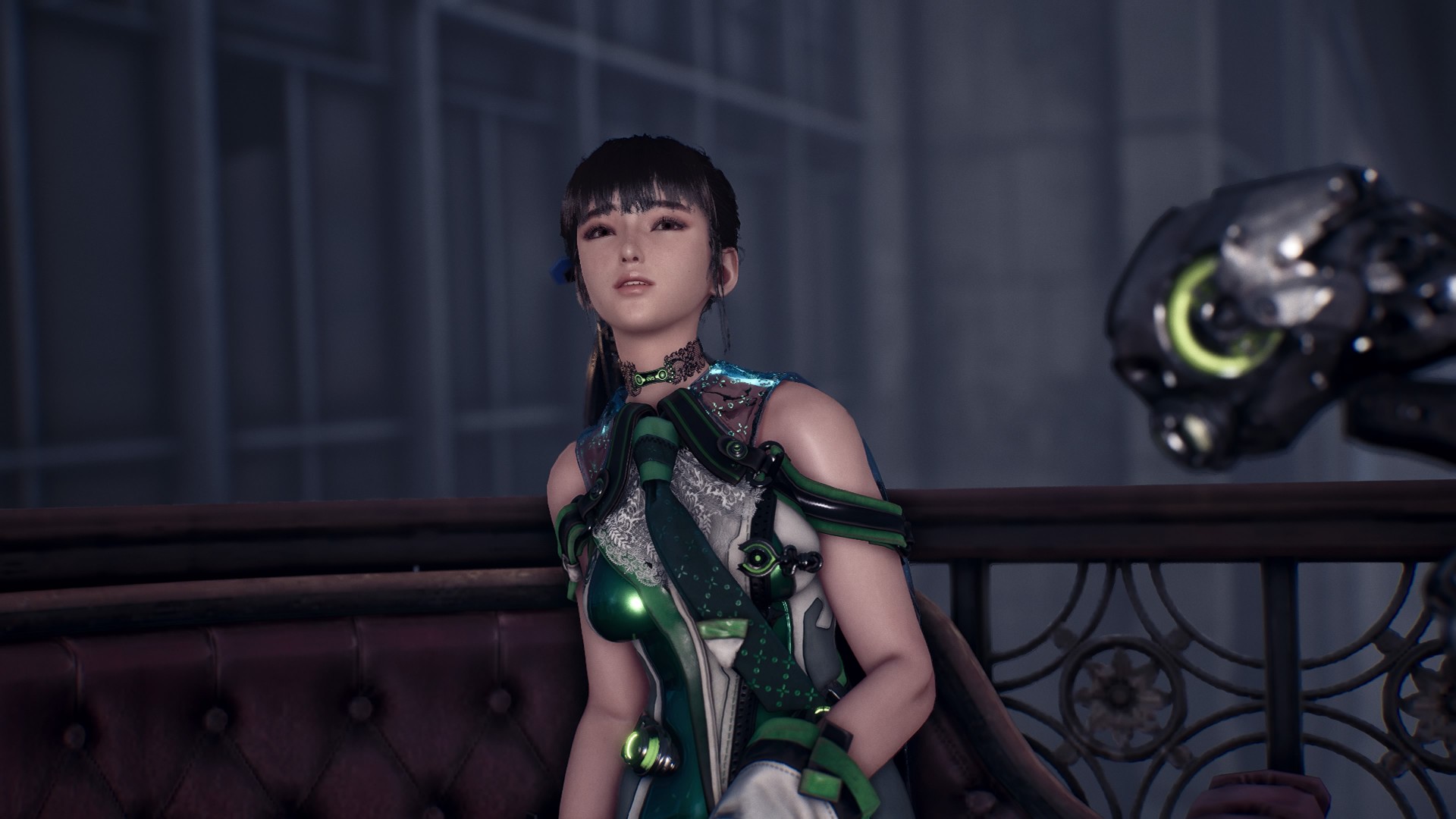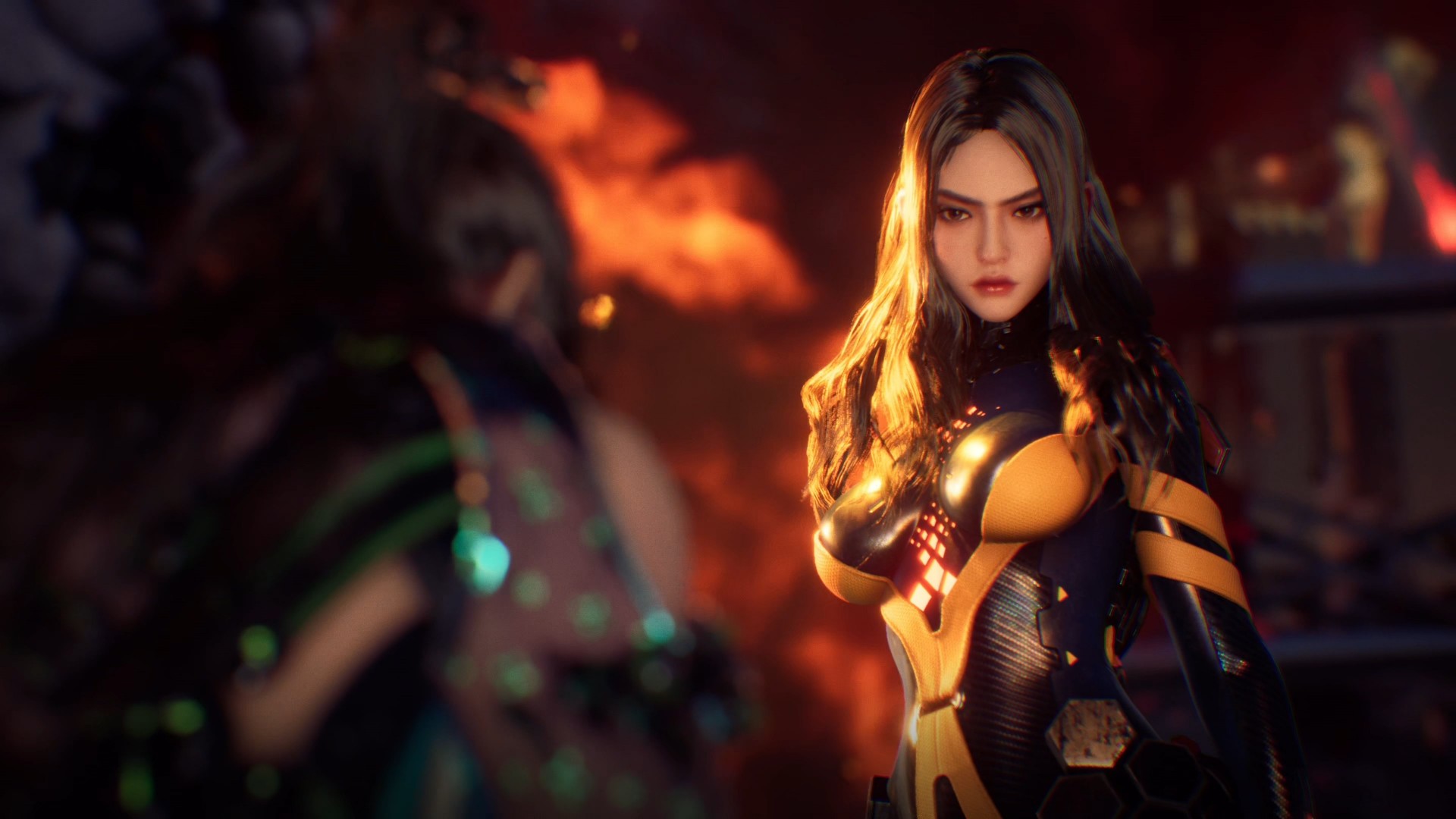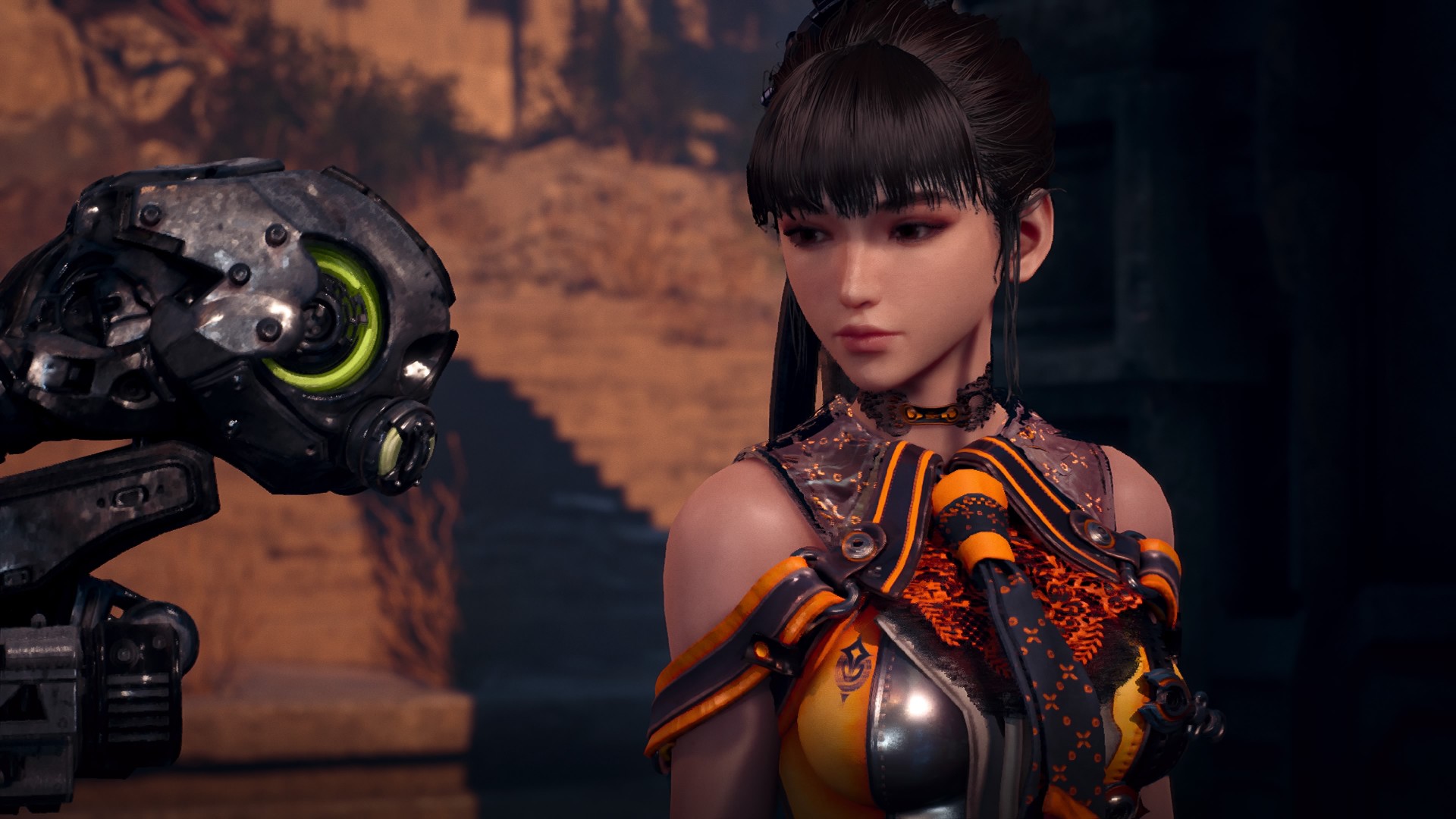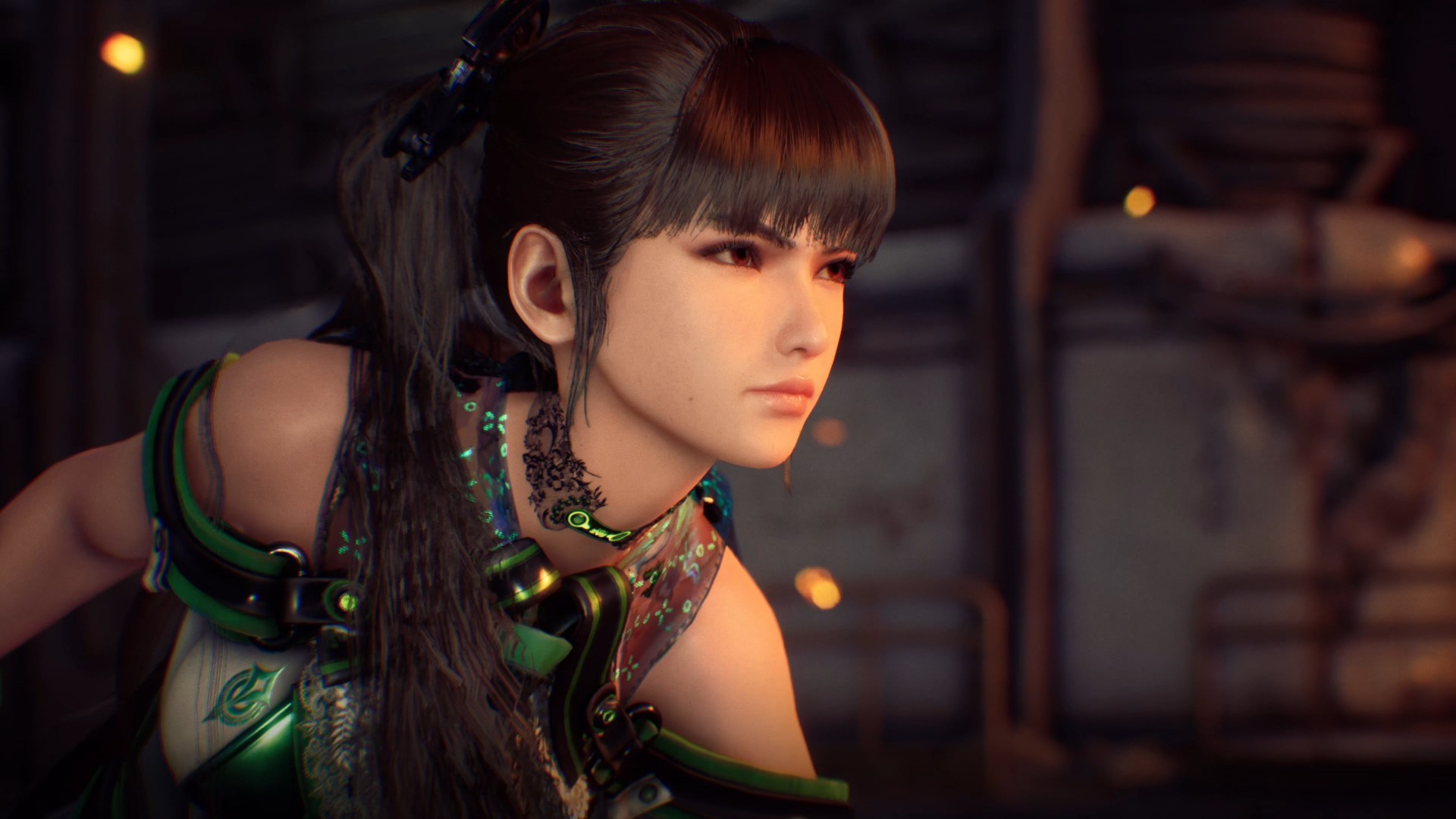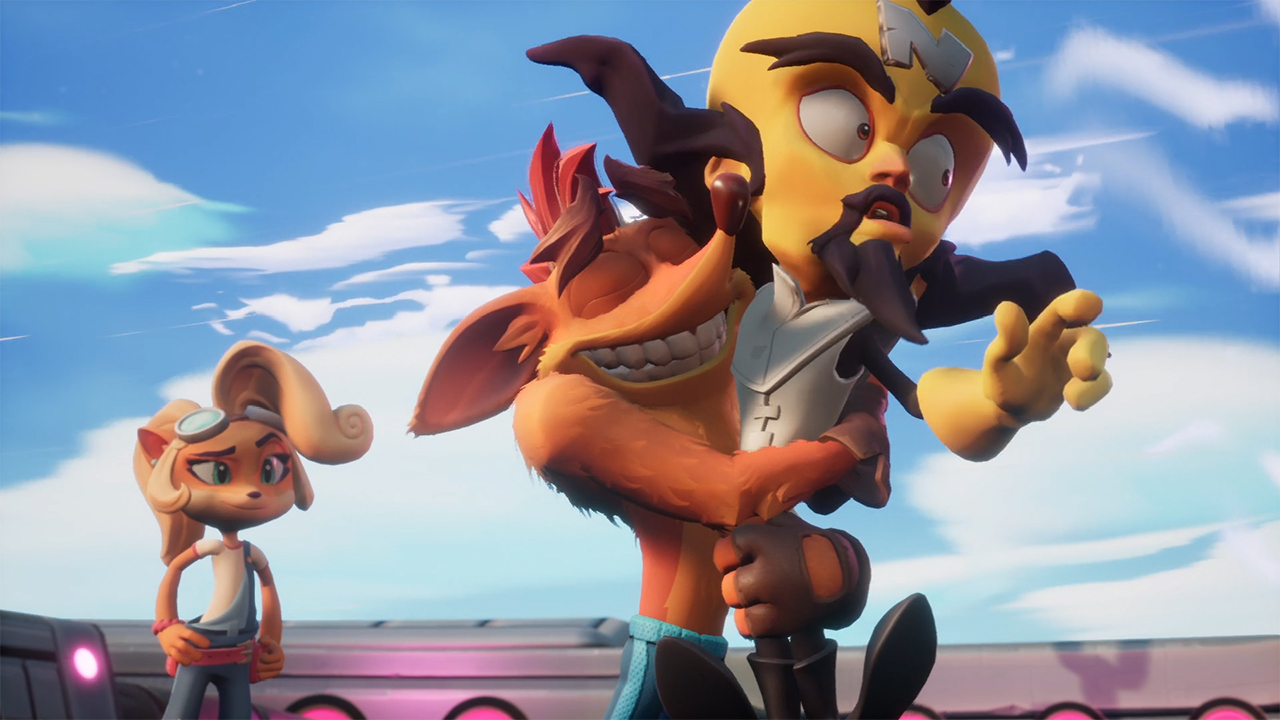
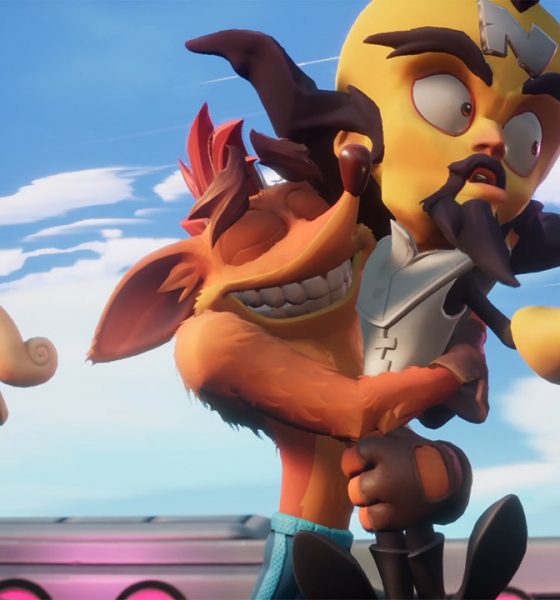
Gaming
Crash Bandicoot 4: It’s About Time review: Worth the 22-year wait
This should have been the proper sequel to the trilogy
When Crash Bandicoot resurfaced in 2017, I felt utter joy and nostalgia at the same time. Even though Crash Bandicoot: Warped was the first Crash game I ever played, the franchise became a great part of my childhood. With the release of the N. Sane Trilogy, it now gave new players an opportunity to experience some hardcore platforming that most late 90s kids remember.
Earlier this year, they announced the arrival of Crash Bandicoot 4: It’s About Time. Activision, Vicarious Visions, Toys For Bob, and Beenox all came together to work on the trilogy’s “proper” platforming sequel. When I heard about this, I dropped everything and waited for as long as possible to get my hands on the game.
After finally playing, it’s honestly the Crash platforming sequel I had always wanted. There’s a big reason for that.
The original “Crash Bandicoot 4” just didn’t hold up well
See, before It’s About Time, there was actually another Crash Bandicoot dubbed as the fourth title: The Wrath of Cortex. It was released on the PlayStation 2, Xbox, and GameCube back in 2001-2002, almost 3-4 years after the original trilogy. For this game, the story centered around the presence of Crunch Bandicoot, another bandicoot creation of the game’s main antagonist, Dr. Neo Cortex.
The game itself received relatively average reviews, with most people simply feeling like it was a downgrade from the original. I tried playing the game again recently, and by 2020 standards, it feels unpolished. Gameplay as a whole was fairly janky, the story just doesn’t seem to add up, and it’s just a carbon copy of Warped but more slippery.
So when Activision and Vicarious Visions announced that another Crash Bandicoot 4 was coming out, I had hoped that it wouldn’t end up like Wrath of Cortex. And boy, was I ever relieved that it didn’t.
Taking the premise of Wrath of Cortex, but making it better
It’s About Time takes place directly after the events of Warped — specifically the secret ending of the game after getting all the collectibles. Essentially, Cortex and his crime partner, Dr. Nefarious Tropy decide to simply open time rifts across the continuum. Aku Aku, the all-powerful mask that protects Crash, senses the impending danger and alerts Crash about it.
The whole game takes you through different time periods, even going as far as more recent events in the Crash universe. You are tasked to awaken different Quantum Masks that will help you in your quest to stop Cortex and N. Tropy. I honestly thought that they did the masks thing better than Wrath of Cortex in this regard.
As you progress through each level, you face a ton of challenging platform segments and waves of enemies and death-inducing obstacles. Within every other time period, you have boss levels with major recurring characters from all other past Crash games. In essence, it tries to incorporate the classic Crash formula, but enhances the experience.
Plus, you get to go on adventures as either Crash or Coco. In some cases, you even get to play as Tawna Bandicoot, Dingodile, and Cortex himself!
Gameplay that’s as smooth and difficult as the N. Sane Trilogy
One of the main things I was looking for in It’s About Time was consistency. I wanted this new Crash game to remain consistent with the remastered trilogy in terms of gameplay, character movement, and relative learning curve. See, the original trilogy was not an easy set of games to get around, especially if it’s your first time playing.
For long time Crash fans like myself, I felt that this game was more pain-staking yet just as smooth to control as the trilogy. Crash keeps some of his skills that he earns from Warped like the Super Body Slam and Double Jump, which I thought were the two logical ones to keep. However, you’re going to need more than just those abilities since the game throws so many obstacles later on.
It’s a painful grind to finishing the game at 100% completion this time around. Instead of collection crystals, you collect gems from accomplishing certain tasks within each level. From breaking every box to not having more than three deaths, these would require several perfect playthroughs. Honestly, that’s just insanely difficult to accomplish, and I’m all for it!
The most vibrant and creative game design in any Crash game
The moment you start your adventure to N. Sanity Peak, you’re already greeted to the gorgeous and colorful level design. I felt that Toys For Bob took a page out of their work on the Spyro: Reignited Trilogy with all the colors for each level. As you progress through the game, you’ll have brief moments to just take all of that in.
In terms of overall level design, it is a big step up from the N. Sane Trilogy in my opinion. For the most part, it gives you a different variety of level styles you haven’t seen in the original trilogy. From vine-swinging to rail-riding, the developers went all out to give you a different Crash game all together.
Furthermore, they even managed to sneak in similar obstacle patterns from the previous games. Something silly like timing challenges or platforming segments are just a few examples of these. I felt that these were put in here to cater to the long-time or hardcore Crash platformer fans.
Great deal of fan service and easter eggs
Apart from the sneaky insertion of familiar segments from older games, they also added a ton of small details referencing other games, as well. I mean, I wouldn’t call the giant Spyro float or the Spyro inflatable by the beach small details. However, the developers really threw in a ton of easter eggs.
Because I took my sweet time trying to get through every level, I noticed most of these the moment they came up. Most levels are sprawling with references to the purple dragon, or characters from older Crash games like Crash Bandicoot: The Huge Adventure. They even went all out to promote Crash Team Racing: Nitro-Fueled in one time area.
Even if you’ve never played any Crash game before, you’d dart your eyes at them. I think Toys For Bob and Beenox made it a point to spoil you with all of these references.
How things should have been
Crash Bandicoot 4: It’s About Time served its true purpose as the official fourth chapter of the Crash universe. It takes the core Crash formula and throws it into a brand new world, with a plot that makes sense in the grand scheme of things. I’d like to think that this whole game is just much more enhanced than the original trilogy all in all.
From the fantastic visuals to the difficult gameplay style, It’s About Time goes for an authentic yet novel approach. It will make you feel a great deal of awe while you constantly try to die less than 20 times every stage. It sticks to the brutal platforming mechanic it’s known for, while improving the experience.
I can honestly say that the absurdly long 22-year wait for a sequel to the trilogy was worth it. If you want to experience rage and fulfillment all in one game, I highly suggest you pick this up.

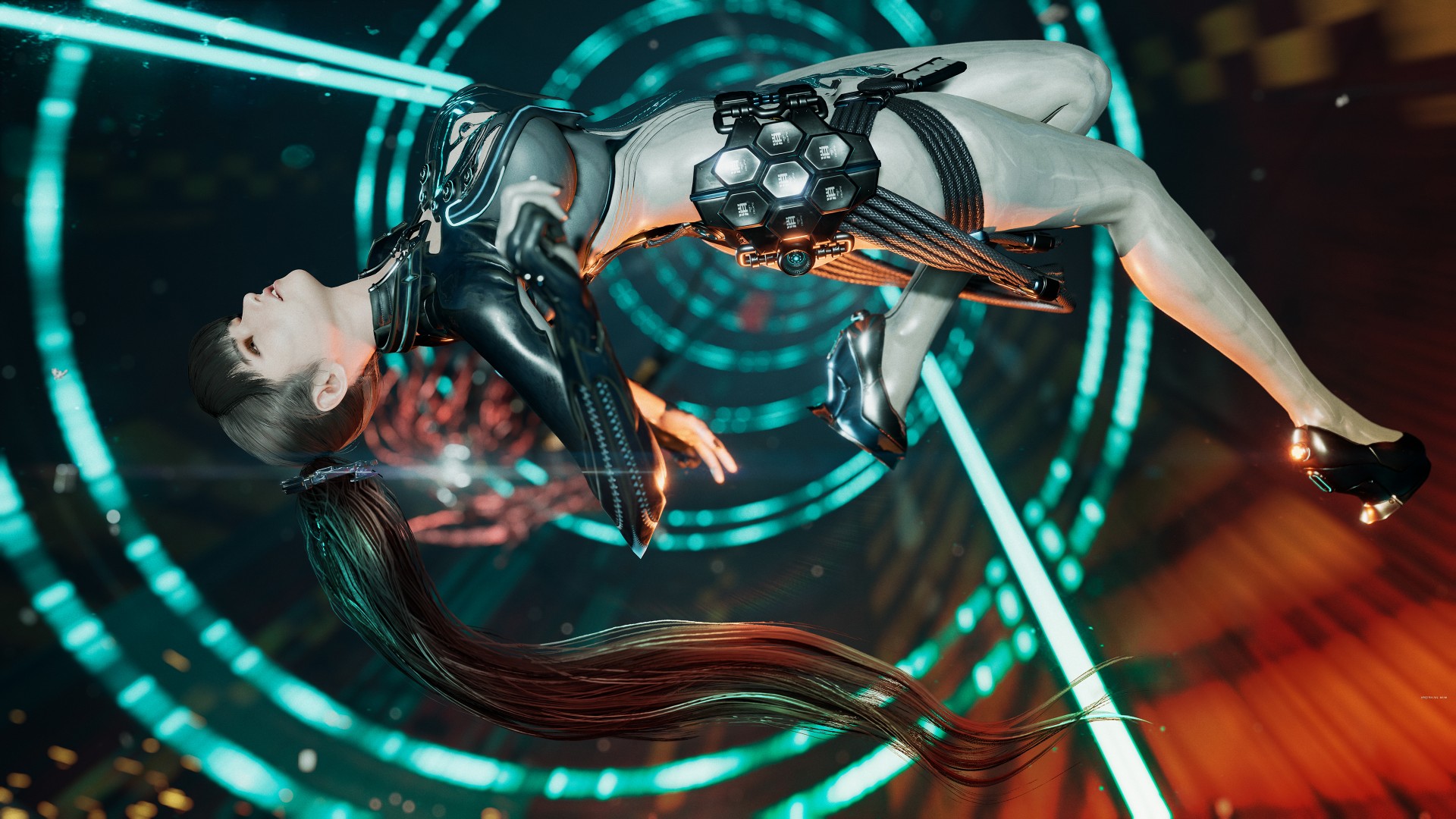
We didn’t have the best impression of Stellar Blade after spending time with the demo. Unlike certain players who poured a full game’s length of hours playing, our reception was lukewarm due to various reasons. But after finally having some time to focus on it, we now have a better understanding of its charm–and that goes beyond character design.
The game’s director has been ever-present in various gaming and tech news websites sharing nuggets about the game and reacting to the many comments made about the proportions of its female characters. That’s a rabbit hole we’re not diving into. Instead, we’re piggy-backing on one of his responses: Just pick up a controller and play it.
Steep combat learning curve
Stellar Blade’s combat didn’t click with us right away. But that’s because we approached it more like a hack-and-slash and not for the precise combo-parry sequence that it demands. A fellow reviewer aptly described our experience: It was a lot more “Soulslike” than we anticipated.
It took a while to get over that hurdle. For one, this writer isn’t particularly fond of Soulslikes. Skill issue. That’s tough considering a big part of this game’s charm is its combat. We can’t say that it fully clicked with us, but it certainly has its moments.
In combat, you have to pay attention not only to your enemy but also to how the protagonist, Eve, acts in different combo animations. If you’re not careful, you might find yourself getting hit during a lull in your combo.
You don’t have to memorize every single combo, although if you could, that’s certainly an advantage. We can compare the practice to memorizing combos of characters in Tekken, although at a milder rate.
Parrying is tricky but that’s not the only way to counter your enemies. One of the first skills you unlock is one that lets you get behind your enemy after they unleash a fatal attack (cued in with blue indicators) and hit back with your own counter. The animation looks so good that you’ll feel like an absolute badass every time you do it. It’s one of the moves that never got old throughout the entire playthrough.
As you progress through the game you’ll unlock ranged weapons that will expand your combat capabilities further. Hard combat enthusiasts should have a field day.
For more casual players, there’s no shame in switching to Story Mode which is what we did for about 70% of the playthrough. It’s easier, sure. But it can still present challenges especially during certain encounters.
The boss battles are TOUGH
We’re going to chalk this up again to skill, and perhaps patience, issue. But Stellar Blade’s boss battles are incredibly tough. Not to the point that you’ll want to throw your DualSense controller though.
What can make it frustrating is that the patterns of the enemies, especially the earlier bosses and mini-bosses, are easy to track. But they’re not exactly easy to deal with.
Parrying becomes an even more critical skill in these encounters. It’s one of the reasons why we opted to slide down the difficulty. Otherwise, this writer will never finish the game.
Pulling from different games, worlds
We have seen many compare Stellar Blade to the Nier games. Other than the setting, another big contributing factor in that comparison is the soundtrack.
During roaming, exploring, and combat, the music will change from time to time. However, they stick to this theme that’s a little eerie. It’s hard for us to describe but it’s almost like a crescendo that never quite swells up. It matches the game’s world perfectly — it feels hollow and devoid of life but still has a sliver of hope.
Combat isn’t the only thing you’re doing here. While it’s mostly linear at first, Stellar Blade offers a healthy mix of exploration, platforming, and puzzle-solving.
The puzzles don’t get in the way of the pacing. They’re quite engaging and offer a decent level of challenge. Roaming and exploration will yield you loot to improve your gear and stats. Occasionally, a Naytiba (the game’s primary foils) will surprise you for a good jumpscare moment.
Stellar Blade doesn’t reinvent anything nor does it offer anything particularly new or groundbreaking. But everything it borrowed from other games is retrofitted to match the game’s vibe and overall aesthetic. The result is a polished experience of familiar gaming mechanics.
Eve
Another aspect that did not grab us as much during the demo is the main character, Eve. The first hour of the game doesn’t do much to endear the player to her.
That slowly changes as you play through the game. Through a mix of cut scenes and world-building collectibles, you get a better sense of what Eve is, her mission, and ultimately her purpose.
If you’re familiar with the animé Violet Evergarden, Eve and that show’s protagonist share a similar character arc. They initially seem one note and bland, but the layers are peeled back as you learn more about them and how they relate to the world and the people around them.
Is she hot? Hell yeah. But as cliché as it is, she’s certainly more than what meets the eye.
Should you play Stellar Blade?
Unlike the PlayStation 5 exclusive that immediately preceded it, Stellar Blade has plenty in common with past PS5 exclusives — visually captivating, cinematic experiences, with satisfying gameplay.
Its level of challenge is closer to Sekiro and Bloodborne but it’s also not quite as difficult. In the same category but certainly not in the same stratosphere.
It also has an alluring charm that goes beyond its aesthetics. As mentioned earlier, nothing about it is particularly new or groundbreaking. But it’s polished and cohesive. There’s something about the overall feel of the game that draws you in and makes you want to see it through.
Stellar Blade is a Day 1 purchase if you’re up for the challenge. And if you consider the game director’s goal of having a high quality AAA console game from South Korea which is dominated by PC and mobile gaming, we say they did just that. Now, it’s just up to us to pick-up the controller and play.
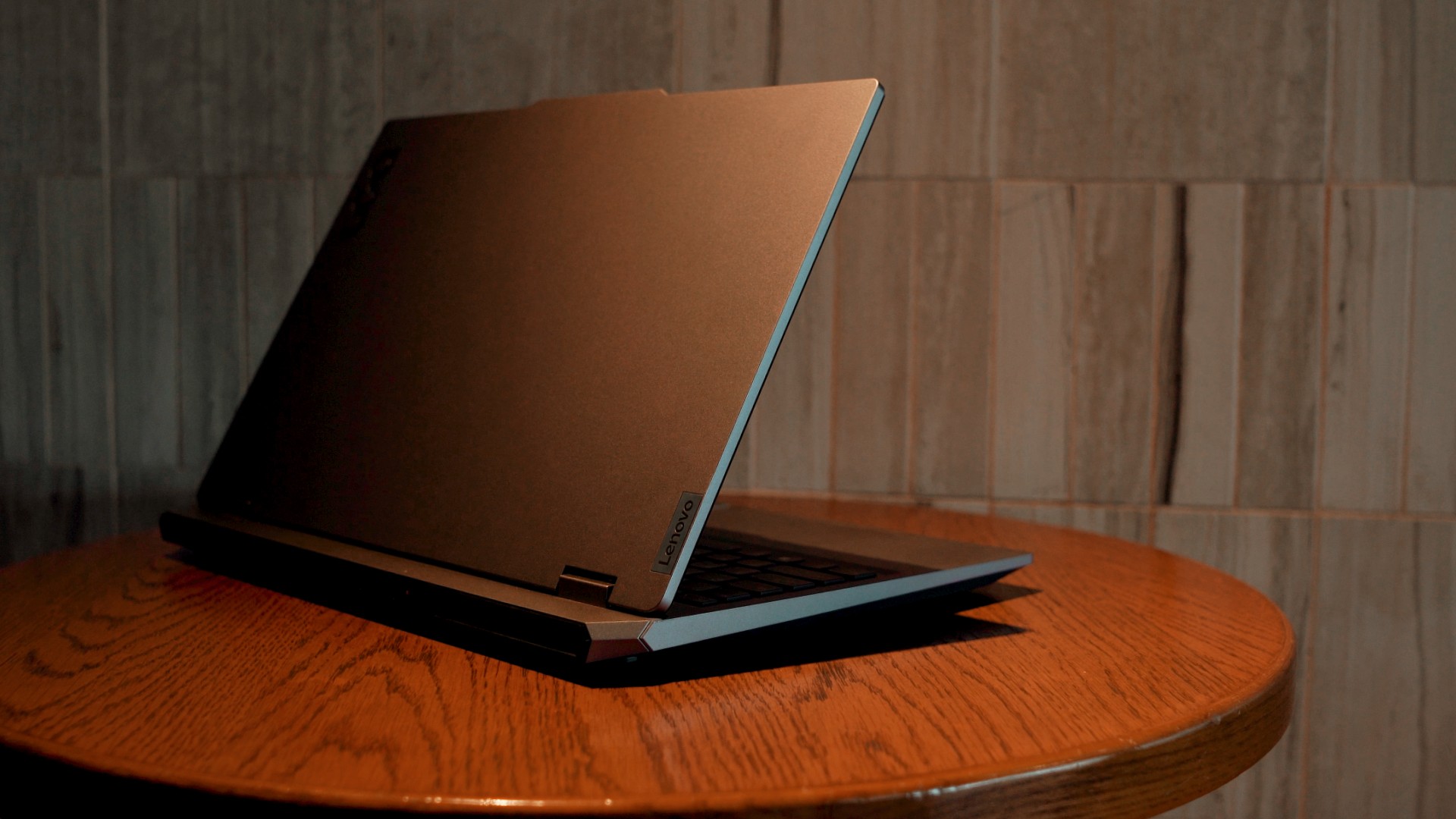
Get your game on with the Lenovo LOQ 2024. This capable laptop is your entry point to PC Gaming and a lot more.
It comes an absolutely affordable price point: PhP 48,995.
You get capable hardware and the hood to support gaming and more. The Lenovo LOQ 15IAX9I runs on the 12th Gen Intel Core i5 processor and Intel Arc Graphics.
Those are key to bringing unreal graphics to this segment. Supporting latest tech like DirectX 12 Ultimate, players are able to enjoy high frame rates on the Lenovo LOQ.
Creating content? It comes with AI Advantage to help boost performance. Engines and accelerators boost the media processing workloads especially for creatives. It also works with Intel’s X Super Machine Learning, Leading to images that are as close to reality.
The laptop supports a configuration of up to 32GB of RAM and 1TB of SSD Storage.
As for its display, the device has a large 15.6-inch, Full HD panel that is more than enough for gaming, video editing, content consumption, and whatever else you do on a laptop. This display has 144Hz refresh rate, 300 nits brightness, and anti-glare.
Videos come out clear, crisp, and realistic. Audio is punchy and as loud as it gets. Windows Sonic elevates it more when you use headphones. And it just takes a few minutes to render HD videos on editing software.
As it runs on Windows 11, if you are going to use it for work, you can take advantage of various features. The Lenovo Vantage Widget is there for constant reminders, Copilot will help you organize your tasks, and Microsoft Edge is there for casual browsing.
There is an assortment of ports at the back for easy connectivity. And as this is meant for gaming, we put it to the test. Racing that looks better with high frame rate? Check. Shooting titles that require heavy work? Not a problem. You can play all your favorites and not worry about performance.
Best of all, it takes less than an our to juice up this laptop all the way to 100%.
So, whether you’re looking to get started with PC Gaming, or an upgrade for work and entertainment needs, the Lenovo LOQ has you covered.
This feature is a collaboration between GadgetMatch and Lenovo Philippines.
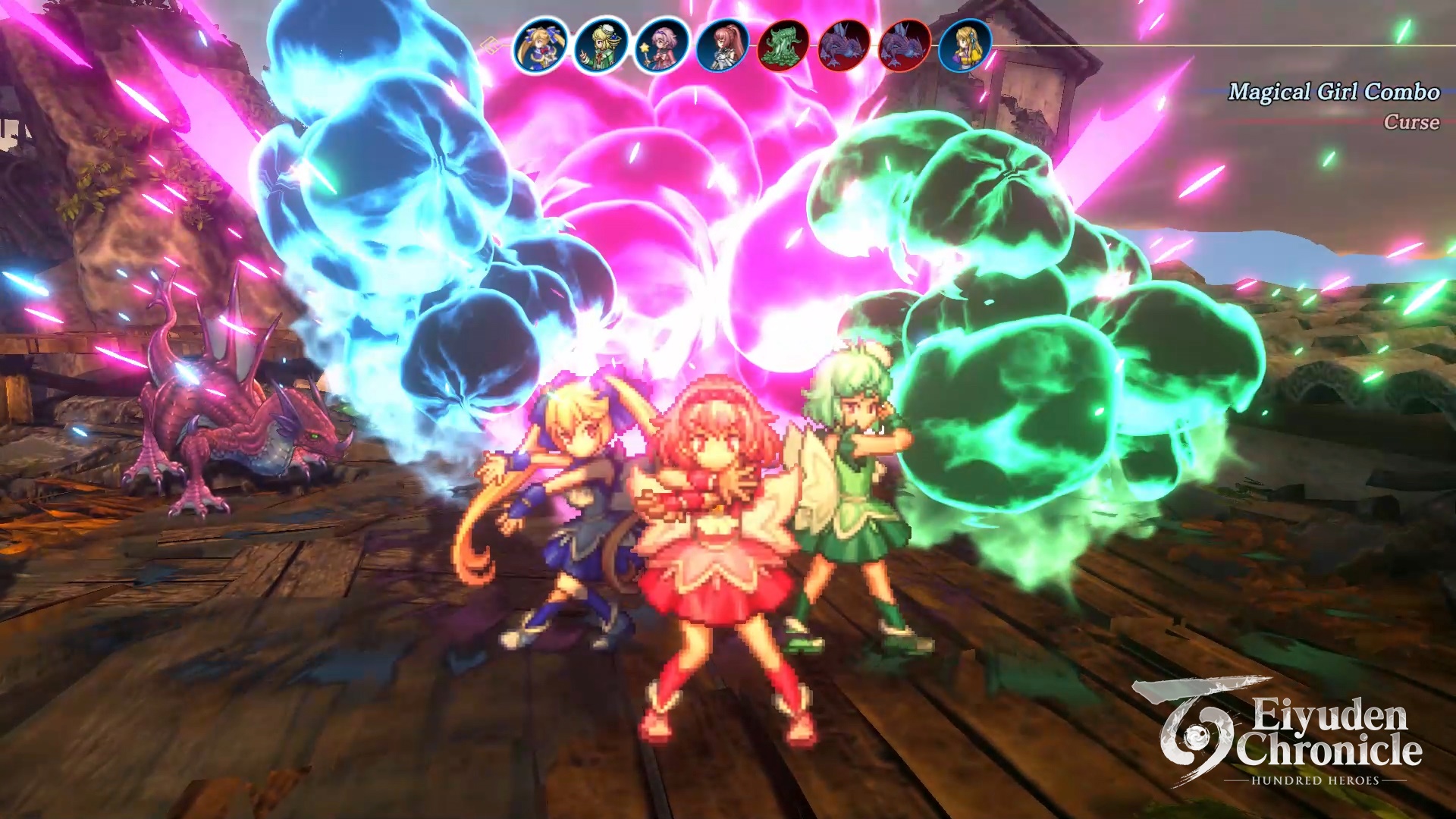
Rabbit and Bear Studios and 505 Games’ Eiyuden Chronicle: Hundred Heroes is now available across multiple platforms. One of the most anticipated JRPGs in recent memory may now be played on PlayStation 4, PlayStation 5, Xbox X|S, Xbox One, and Nintendo Switch. Moreover, it may be accessed on PC via Steam, the Epic Games store, and GOG.
Eiyuden Chronicle: Hundred Heroes is crafted by game developers Junko Kawano (Suikoden I, IV) and the late Yoshitaka Murayama (Suikoden I, II). The title features a modern take on classic 2D side-scrolling games. It has a six-character battle system, meticulous 2D sprites and 3D backgrounds, and a riveting story. As the name suggests, you can play over 100 characters.
GadgetMatch had the privilege of playing the game’s early preview here: Eiyuden Chronicle: Hundred Heroes First Impressions
The refreshed environment immediately stands out. There is more detail, depth, and movement compared to how side-scrolling games of the past used to be played. The game lets players choose their party mates. Meanwhile, the actual combat is turn-based, giving players room to strategize what sequences or gimmicks to select.
With more than 100 characters to choose from, the game also allows players to appropriately select heroes fit for certain regions and dungeons throughout the story. Moreover, some are designated catalysts that can give you access to more of the world’s treasures. In between, users may enjoy mini-games, like the fishing side quest in the preview. The collected fish can be part of another mini-game — cooking — as ingredients for recipes you can cook with.
-

 Events2 weeks ago
Events2 weeks agoStellar Blade: PlayStation taps cosplayers to play Eve for game’s launch
-

 Features1 week ago
Features1 week agoFortify your home office or business setup with these devices
-

 Accessories2 weeks ago
Accessories2 weeks agoLogitech unveils G Pro X 60 gaming keyboard: Price, details
-

 Reviews1 week ago
Reviews1 week agorealme 12+ 5G review: One month later
-

 Deals2 weeks ago
Deals2 weeks agoTCL P635 TV: Big savings for TCL’s anniversary
-

 Gaming1 week ago
Gaming1 week agoNew PUMA collection lets you wear PlayStation’s iconic symbols
-

 Accessories1 week ago
Accessories1 week agoMarshall Major V: Reasons Why I Love It
-

 Gaming1 week ago
Gaming1 week agoMore PlayStation 5 Pro specs have been leaked


